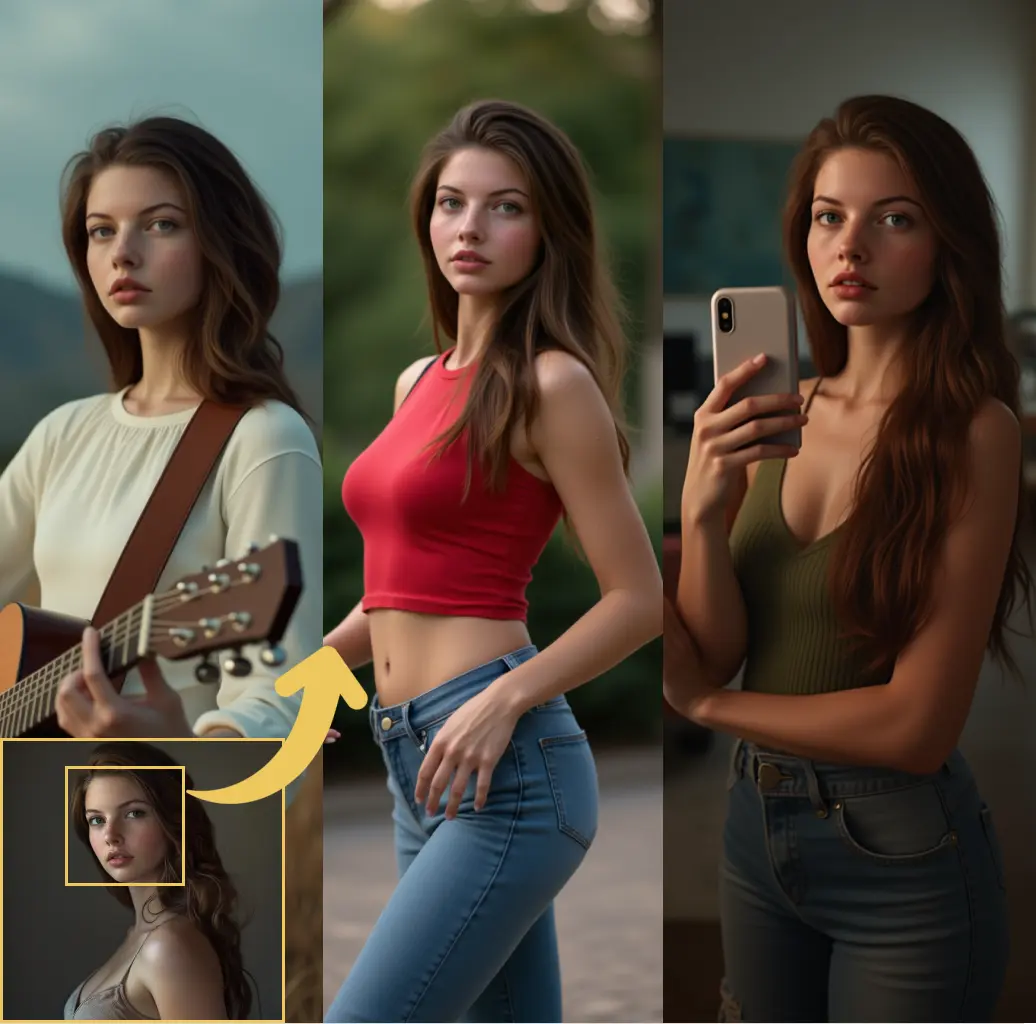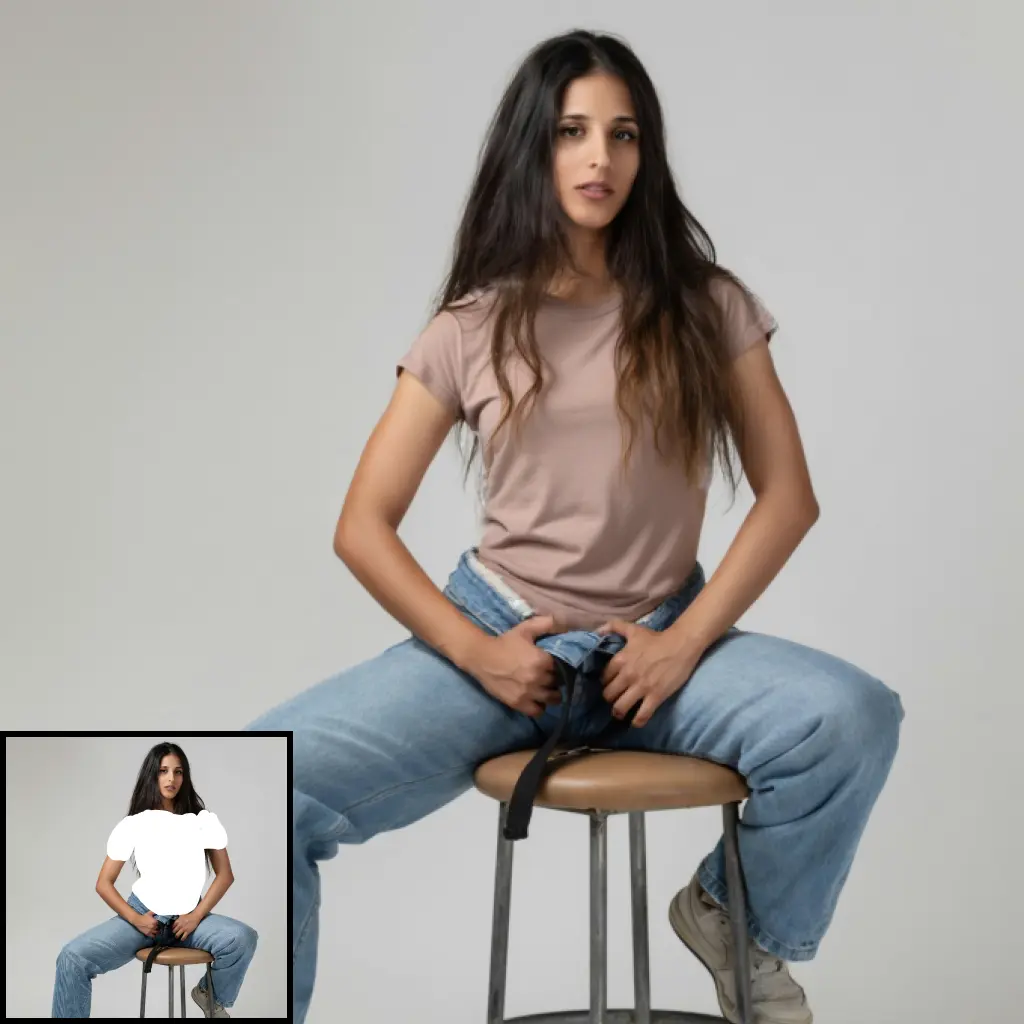ComfyUI Node: LDSR Upscale (all-in-one)
LDSRUpscaler
CategoryFlowty LDSR
flowtyone (Account age: 558days) Extension
ComfyUI-Flowty-LDSR Latest Updated
2024-06-14 Github Stars
0.23K
How to Install ComfyUI-Flowty-LDSR
Install this extension via the ComfyUI Manager by searching for ComfyUI-Flowty-LDSR- 1. Click the Manager button in the main menu
- 2. Select Custom Nodes Manager button
- 3. Enter ComfyUI-Flowty-LDSR in the search bar
Visit ComfyUI Online for ready-to-use ComfyUI environment
- Free trial available
- 16GB VRAM to 80GB VRAM GPU machines
- 400+ preloaded models/nodes
- Freedom to upload custom models/nodes
- 200+ ready-to-run workflows
- 100% private workspace with up to 200GB storage
- Dedicated Support
LDSR Upscale (all-in-one) Description
Enhance image resolution with advanced LDSR techniques for AI artists, customizable parameters for superior quality.
LDSR Upscale (all-in-one):
The LDSRUpscaler node is designed to enhance the resolution of images using advanced Latent Diffusion Super Resolution (LDSR) techniques. This node leverages sophisticated machine learning models to upscale images, providing higher quality and more detailed outputs. It is particularly beneficial for AI artists looking to improve the clarity and resolution of their digital artwork. The node offers a range of customizable parameters, allowing you to fine-tune the upscaling process to meet specific needs and preferences. By integrating this node into your workflow, you can achieve superior image quality with minimal effort, making it an essential tool for any digital artist aiming to enhance their creations.
LDSR Upscale (all-in-one) Input Parameters:
upscale_model
This parameter specifies the model to be used for the upscaling process. The model is a pre-trained machine learning model designed to enhance image resolution. Selecting the appropriate model can significantly impact the quality of the upscaled image.
images
This parameter accepts the images that you want to upscale. It is a required input and should be provided in a compatible image format. The quality and resolution of the input images can affect the final output.
steps
This parameter determines the number of steps the upscaling process will take. The available options are 25, 50, 100, 250, 500, and 1000, with a default value of 100. More steps generally result in higher quality upscaling but will take more time to process.
pre_downscale
This parameter allows you to downscale the image before the upscaling process begins. The options are 'None', '1/2', and '1/4', with 'None' being the default. Pre-downscaling can help manage the computational load and speed up the process, but it may affect the final image quality.
post_downscale
This parameter allows you to downscale the image after the upscaling process is complete. The options are 'None', 'Original Size', '1/2', and '1/4', with 'None' being the default. Post-downscaling can help achieve a desired output size and manage file sizes.
downsample_method
This parameter specifies the method used for downscaling the image. The options are 'Nearest' and 'Lanczos', with 'Lanczos' being the default. The choice of downsample method can affect the quality and appearance of the final image, with 'Lanczos' generally providing smoother results.
LDSR Upscale (all-in-one) Output Parameters:
images
The output parameter is a stack of upscaled images. These images are the result of the upscaling process and are provided in a high-resolution format. The quality and detail of these images are significantly enhanced compared to the input images, making them suitable for high-quality digital artwork and prints.
LDSR Upscale (all-in-one) Usage Tips:
- For the best results, start with high-quality input images to maximize the effectiveness of the upscaling process.
- Experiment with different step values to find the optimal balance between processing time and image quality.
- Use the pre_downscale option if you are working with very large images to speed up the process without significantly compromising quality.
- Choose the 'Lanczos' downsample method for smoother and higher-quality results, especially when post-downscaling.
LDSR Upscale (all-in-one) Common Errors and Solutions:
Model not found
- Explanation: The specified upscale model could not be located.
- Solution: Ensure that the model name is correct and that the model file is located in the appropriate directory.
Invalid image format
- Explanation: The input images are not in a compatible format.
- Solution: Convert your images to a supported format such as PNG or JPEG before using the node.
Insufficient memory
- Explanation: The upscaling process requires more memory than is available.
- Solution: Reduce the image size or the number of steps, or use a machine with more memory.
Downscaling error
- Explanation: An error occurred during the pre or post-downscaling process.
- Solution: Check the downscale method and ensure that the input parameters are correctly set.
LDSR Upscale (all-in-one) Related Nodes
RunComfy is the premier ComfyUI platform, offering ComfyUI online environment and services, along with ComfyUI workflows featuring stunning visuals. RunComfy also provides AI Playground, enabling artists to harness the latest AI tools to create incredible art.




